Digital Storytelling

Photo by Howard Lawrence B on Unsplash
Meg shared benefits of creating and sharing stories digitally, including relevance to students and the fact that digital content may last longer and be easier for students to share. When she asked us about the usefulness in our subject areas, I reflected that it could be a good option for students in Art with disabilities around fine motor skills.
She focused on digital storytelling options for poetry that I would like to keep in mind for English Language Arts. They look fantastic.
Digital poetry ideas:
- https://magneticpoetry.com/pages/play-online
- https://www.piclits.com/compose_dragdrop.aspx (*great for English language learners)
- http://www.languageisavirus.com/visual-poetry/
Virtual Reality

Photo by Giu Vicente on Unsplash
Jake showed us what’s coming up from Google Earth virtual reality – increasingly high quality visualizations of places we might want to explore on the planet. He explained a couple of headset options (headsets being required), and acknowledged that our likeliness of using this feature with students rests with the resources in our particular high school.
David focused on language learning with virtual reality. He shared that research and application is taking off in Asia, including in high schools in places like Hong Kong. My favourite part was his personal experience of having a classroom of students in Japan build a world though Second Life with another high school cohort in another country – all in the medium of the English language. Based on how much fun I had playing Minecraft, I can imagine that being really engaging as a learner.
Eric focused on the why of virtual reality – the fact that we are truly convinced by it, so that we react physiologically, become incredibly present, and change our attitudes. These effects can be mobilized in lots of neat ways, including developing empathy for vulnerable or marginalized populations. Eric notes the benefits also to people with mobility issues.
Cell phone bans in the classroom

Photo by Oleg Magni on Unsplash
The “ban them” argument, by Graham
- “Bans bring results” – One study in the UK shows test scores increase with bans
- “Presence is a menace” – One study showed some loss of cognitive capacity when university students had cell phones just present on a desk or in a big
The “let there be phones” argument, by Sasha
- Accessibility – for students with autism, for English language learners, for students with reading impairments, and more.
- Broad student engagement – students already use phones for self-expression, collaboration, and joy; teachers can use this authentic, existing engagement to bridge to class work.
- Situated practice – classrooms are places to practice and exemplify best practices around phone use. If we don’t take this on, we are missing an opportunity.
- Bonus: they can be used for “audience response models” such as Kahoot, which research shows can make class more fun and engaging.
Geoff wrapped up by sharing observations and teacher attitudes from Belmont, where there is an ostensible cell phone ban. He also asked us for our own reflections.
My own reflection: I hope we can earn students’ attention. If what I am doing is meaningful and relevant for students, then I would expect their attention, except for the same level of distraction I experience myself. And I would hope to have real conversations about cellphone addiction and our options for practicing self-efficacy around choosing our engagement.
Making safer spaces for students online

Photo by Kelly Sikkema on Unsplash
Nat led a presentation on creating safer spaces. I think the most interesting part was the discussion at the end, which turned toward the question of when we create community rules/guidelines. There was general consensus that we need to build rapport with and among the students before opening up that activity, which involves values and vulnerability. I would also note to myself to consider using an anonymous (at least to other students), digitized portion in the creation of those guidelines, to capture the voices of people who might not feel comfortable speaking up.

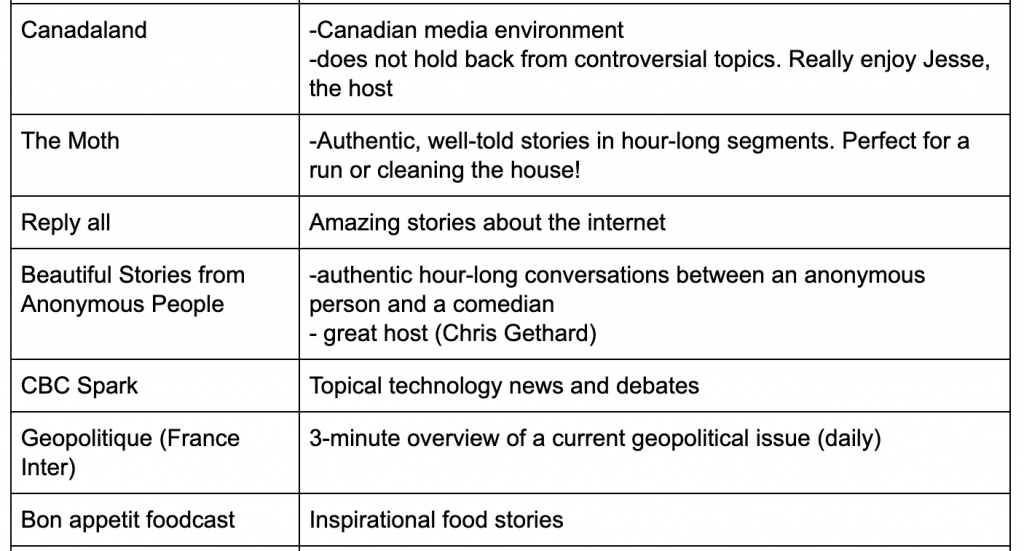
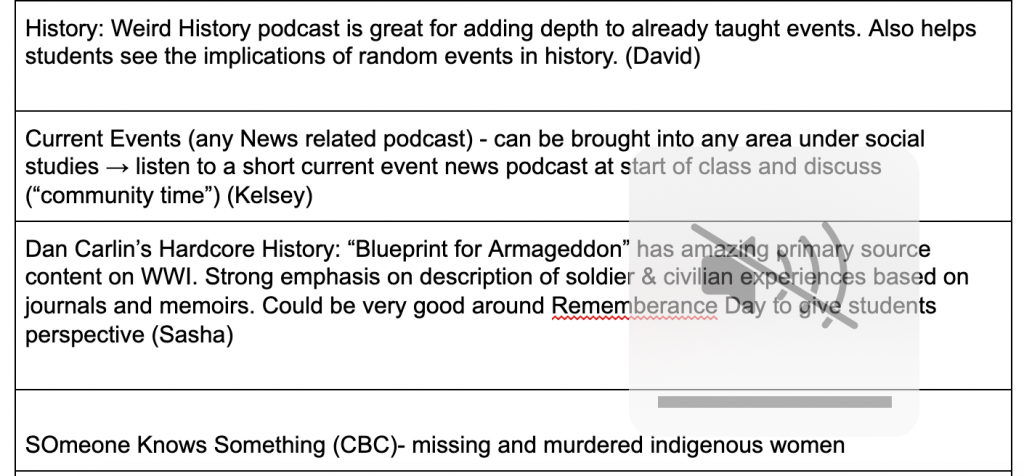



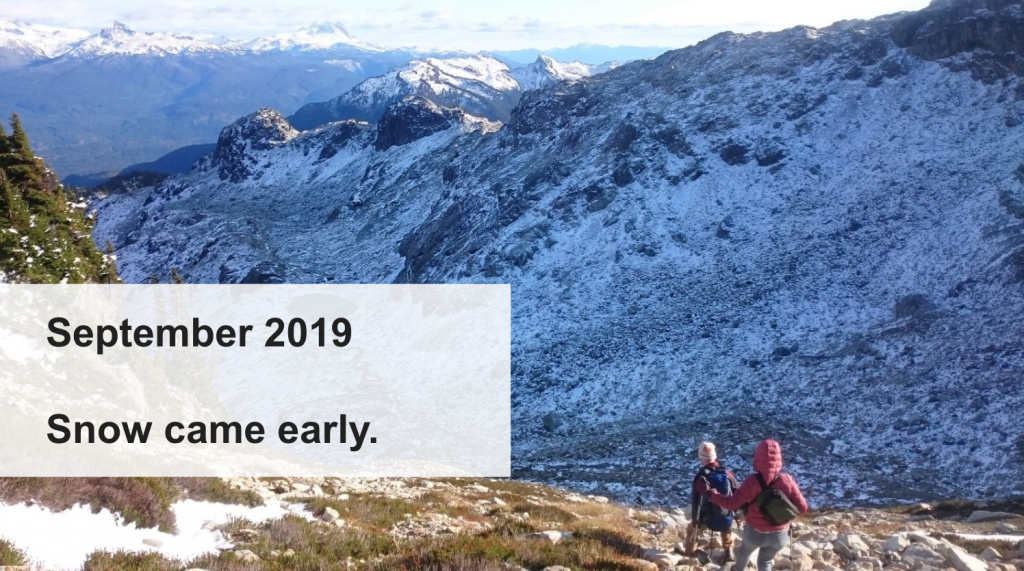

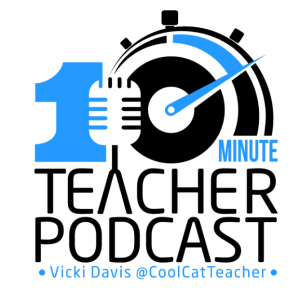


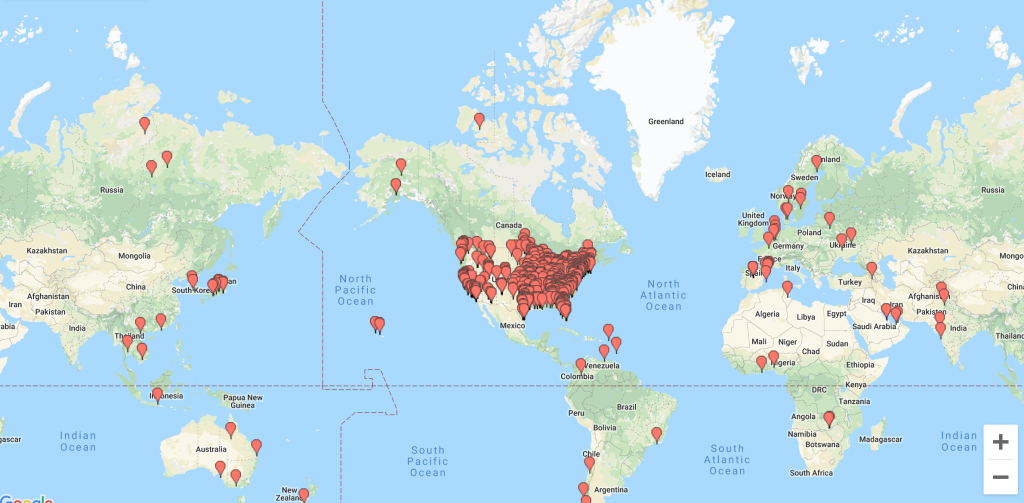




Recent Comments